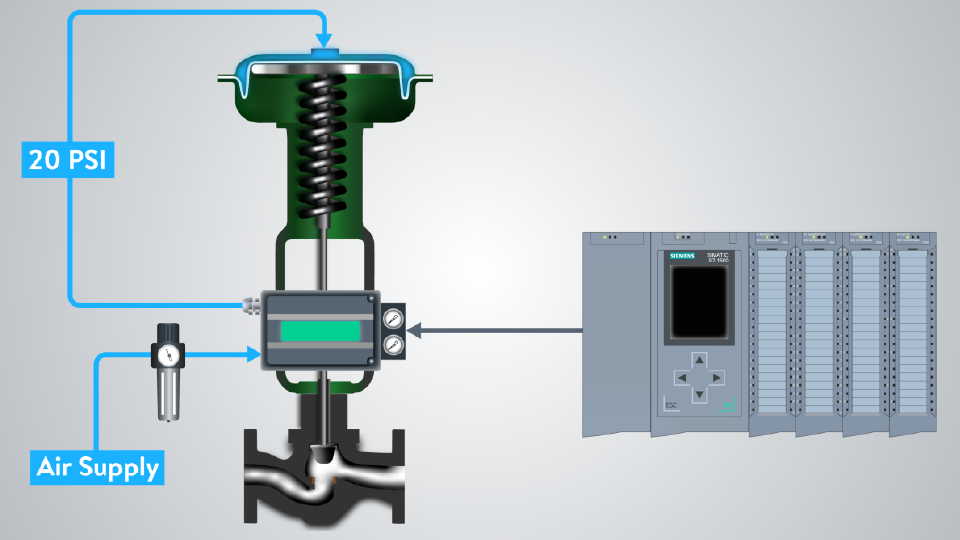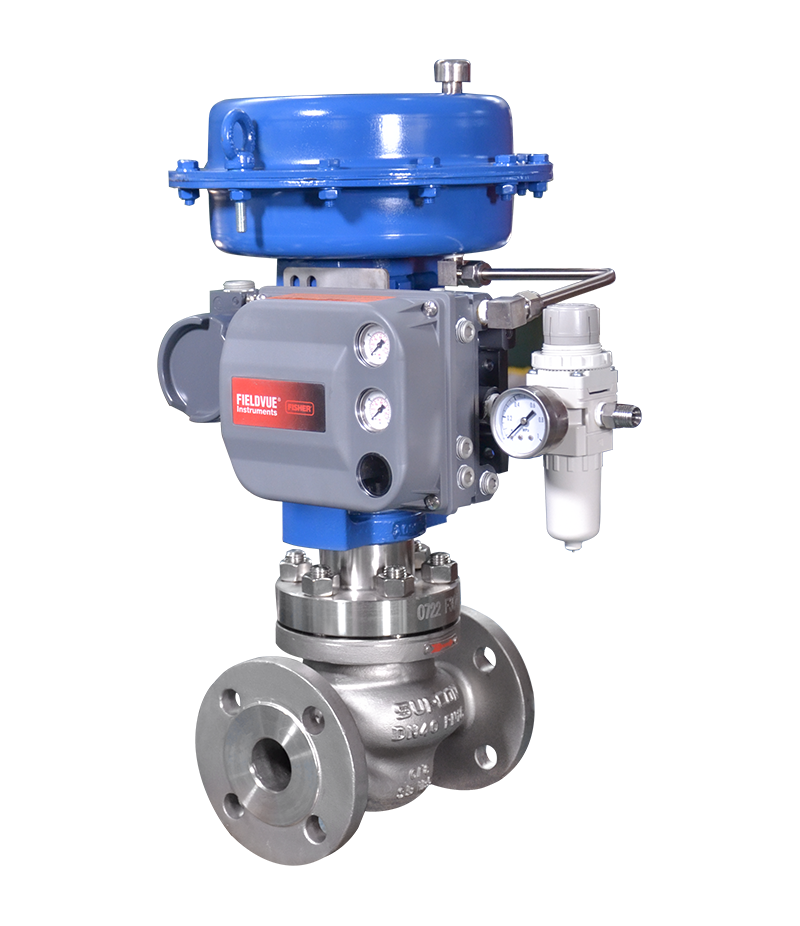Maximize Structure Operations With Premium Automation Controls for Controllers
In the realm of modern-day building procedures, the assimilation of costs automation controls for controllers has ended up being a pivotal element in making certain optimal efficiency and performance. By taking advantage of the power of costs automation controls, structures can achieve unequaled degrees of power performance, system reliability, and cost-effectiveness.
Enhancing Building Efficiency With Automation Controls
Improving building performance is critical in today's design and design market, with automation controls playing a crucial duty in attaining optimum efficiency. By incorporating innovative automation regulates right into developing designers, designers and systems can create smart, energy-efficient frameworks that react dynamically to altering environmental conditions. These controls allow for the seamless monitoring and management of different building functions, such as lighting, cooling and heating systems, and security procedures, leading to boosted functional efficiency and cost savings.
Automation controls allow real-time data evaluation and modifications, ensuring that structures operate at peak performance degrees while reducing energy waste. Via the usage of sensing units, actuators, and streamlined control systems, buildings can adapt their settings based upon occupancy patterns, external climate problems, and time of day. This degree of automation not only boosts the convenience and performance of building passengers however additionally contributes to sustainability efforts by lowering overall power intake and carbon exhausts.
Maximizing Power Cost Savings With Premium Controls
With the assimilation of costs automation controls into developing systems, designers and architects can better optimize energy effectiveness, improving the overall operational efficiency of frameworks. Premium regulates deal advanced functions such as occupancy sensors, scheduling capabilities, and adaptive formulas that allow accurate tracking and change of power use. By leveraging these capabilities, buildings can dynamically respond to altering tenancy patterns and ecological problems, ensuring that energy is only consumed when needed. Furthermore, premium controls promote the control of various building systems, such as HEATING AND COOLING, illumination, and shading, to operate in harmony towards reducing energy waste. With real-time data analytics and predictive modeling, these controls can determine ineffectiveness and chances for enhancement, permitting for continual refinement of energy-saving techniques. Generally, the execution of costs automation manages not only lowers power expenses but also adds to a much more sustainable and eco-friendly constructed atmosphere.

Improving System Performance and Integrity
The combination of costs automation controls into constructing systems enhances functional performance, guaranteeing optimum performance and integrity. By utilizing sophisticated controls, building drivers can check and change various systems in real-time, bring about enhanced efficiency across cooling and heating, lights, safety and security, and various other critical building functions. These controls provide anticipating maintenance capabilities, making it possible for positive recognition of potential concerns before they rise into pricey problems. Furthermore, costs automation controls supply data analytics that supply understandings right into system efficiency fads, enabling for continual optimization and fine-tuning of operations. Using top notch controls also improves system dependability by lowering the threat of tools failings and downtime. With attributes like remote tracking and diagnostics, developing supervisors can deal with issues promptly, lessening disturbances to building procedures. On the whole, the unification of costs automation regulates elevates system efficiency and reliability, inevitably adding to a much more lasting and efficient structure setting.
Decreasing Operational Prices With Automation Innovation
The execution of automation innovation in structure systems not only boosts performance and integrity however also plays an important role in driving down operational costs. control valves. By leveraging sophisticated automation controls, constructing operators can maximize energy intake, minimize waste, and enhance maintenance processes. Automation technology allows specific monitoring and control of different structure systems such as Safety and security, you could look here a/c, and illumination, resulting in much more efficient operations. Through the integration of sensors and data analytics, automation systems can recognize inadequacies and instantly change settings to make sure ideal performance while reducing energy use. Furthermore, automation innovation helps in predictive upkeep by detecting potential concerns early, protecting against expensive repair work and downtime. By centralizing control and automating regular jobs, operational prices can be dramatically minimized, maximizing resources for various other vital building upgrades or financial investments. Generally, the tactical execution of automation innovation not only boosts operational performance however likewise adds to lasting cost financial savings for structure owners and supervisors.
Enhancing Control and Adaptability for Operations

Furthermore, these systems enable seamless integration with various other building administration technologies, such as index power monitoring systems and protection procedures, creating a comprehensive community that improves procedures and enhances overall efficiency (control valves). The ability to from another location accessibility and readjust setups further boosts control and versatility, enabling swift reactions to transforming functional demands. Ultimately, purchasing premium automation regulates not just improves the day-to-day operations of a structure yet likewise leads to long-lasting price financial savings and sustainability benefits
Conclusion
These controls boost effectiveness, browse around this site maximize power financial savings, boost system efficiency and dependability, minimize operational costs, and enhance control and flexibility for procedures. It is essential for companies to invest in premium automation controls to attain far better structure performance and functional results.
By utilizing the power of costs automation controls, structures can achieve unparalleled degrees of energy performance, system dependability, and cost-effectiveness. In general, the unification of premium automation controls boosts system efficiency and reliability, inevitably adding to a much more sustainable and efficient structure setting.
Automation innovation makes it possible for exact monitoring and control of various structure systems such as Illumination, safety, and a/c, leading to a lot more efficient operations. These controls enhance performance, optimize energy cost savings, improve system performance and dependability, reduce functional prices, and improve control and adaptability for procedures. It is crucial for organizations to invest in premium automation regulates to accomplish far better building efficiency and functional results.